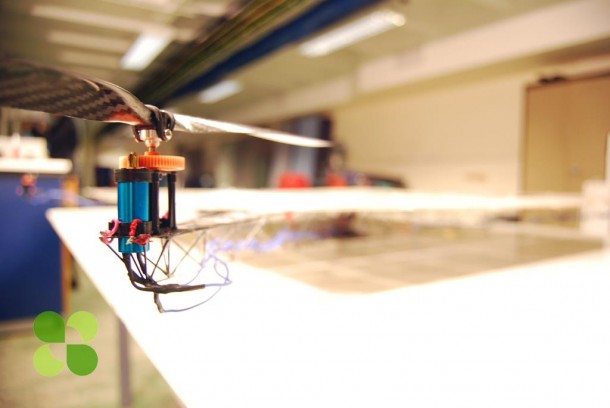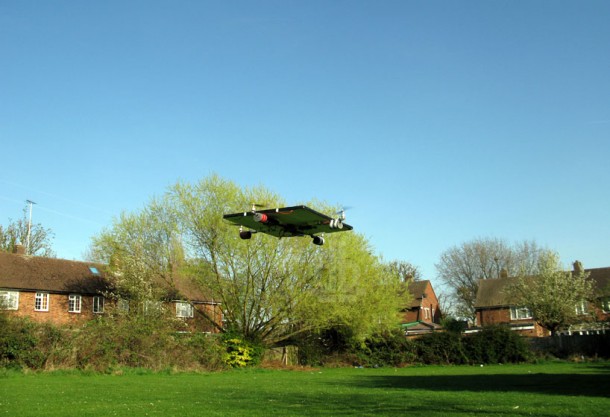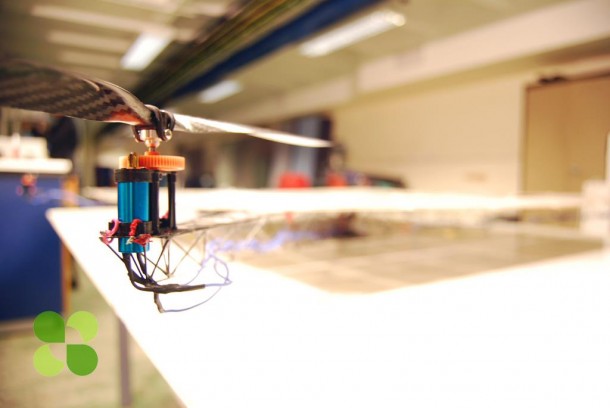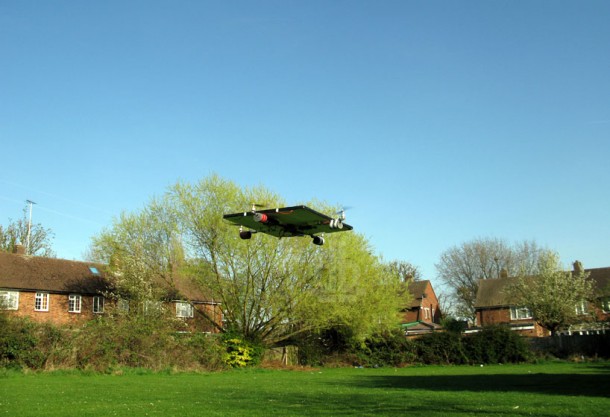The Solar Copter – World’s First Solar Powered Quadcopter

Welcome to today’s world, where science meets fantasy and all that was considered to be a fantasy is now becoming a reality!
Whether it’s flying cars or 3D printers, you name it and we’ve got it. Today we will be talking about a quadcopter prototype which
has been designed for multipurpose applications and tasks. Coming from the bright students of Queen Mary, University of
London, this prototype known as ‘Solar copter’ is exactly what its name conveys; a remote controlled prototype quadcopter that is
powered by the sun. Let’s take a history lesson folks; the first Solar copter was designed to rely completely on solar power but
with a reserve battery that would take control if the solar panel was not able to provide enough energy. From this starting point, the
students made improvements to the design and the subsequent Solar copters were capable of taking off, flying and landing while
relying solely on solar energy.

Regarding this huge improvement, the students said; ‘With the current design it will fly for as long as the Sun shines in theory and
we have tested this experimentally for a substantial amount of time. There is still a lot of work to do, but we are pleased to say that
we have proved that it works.’ Many of the parts that Solar copter is made of are hand-made and the students even came up with
their own Sun simulator that they used for testing purposes. So far, the team has conducted a series of tests, extensive in nature,
and have used different engineering softwares to model various design aspects, all with the key idea of improving and developing
their prototype further. The team has high hopes for their invention and believe that this Solar copter will be useful for a number of
tasks which include; surveillance, search and rescue, transportation and traffic management. Keeping these applications in mind,
students are working to enhance and improve their prototype by attempting to add camera, GPS system and other components
which would be changeable and useful as per the nature of task.

The team proudly said; ‘We are still looking for opportunities to reduce the weight of the current design and increase the thrust.
We are also working on improving our stability and control of the aircraft and at the same time finding areas where we can further
increase its efficiency. The ideal goal would be to reach a feasible design that is strong, light and powerful enough to conduct all
the purposes mentioned.’
Check out the video:




